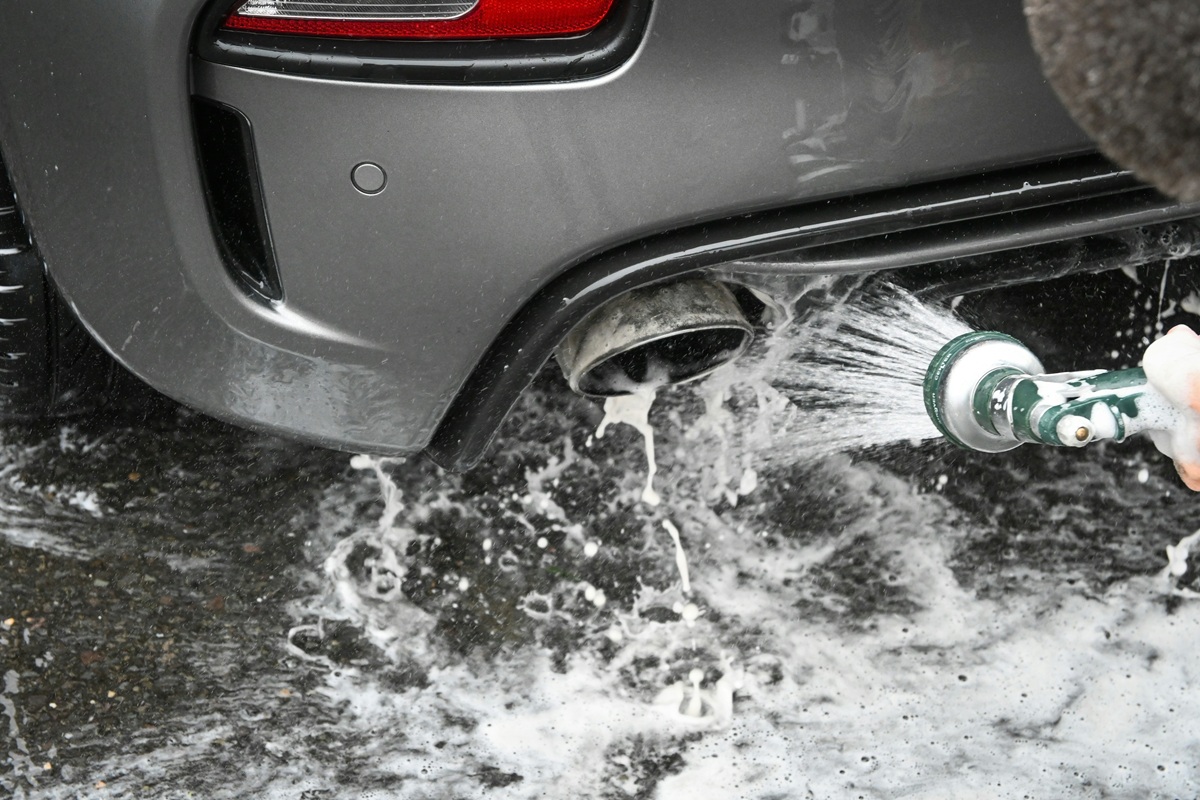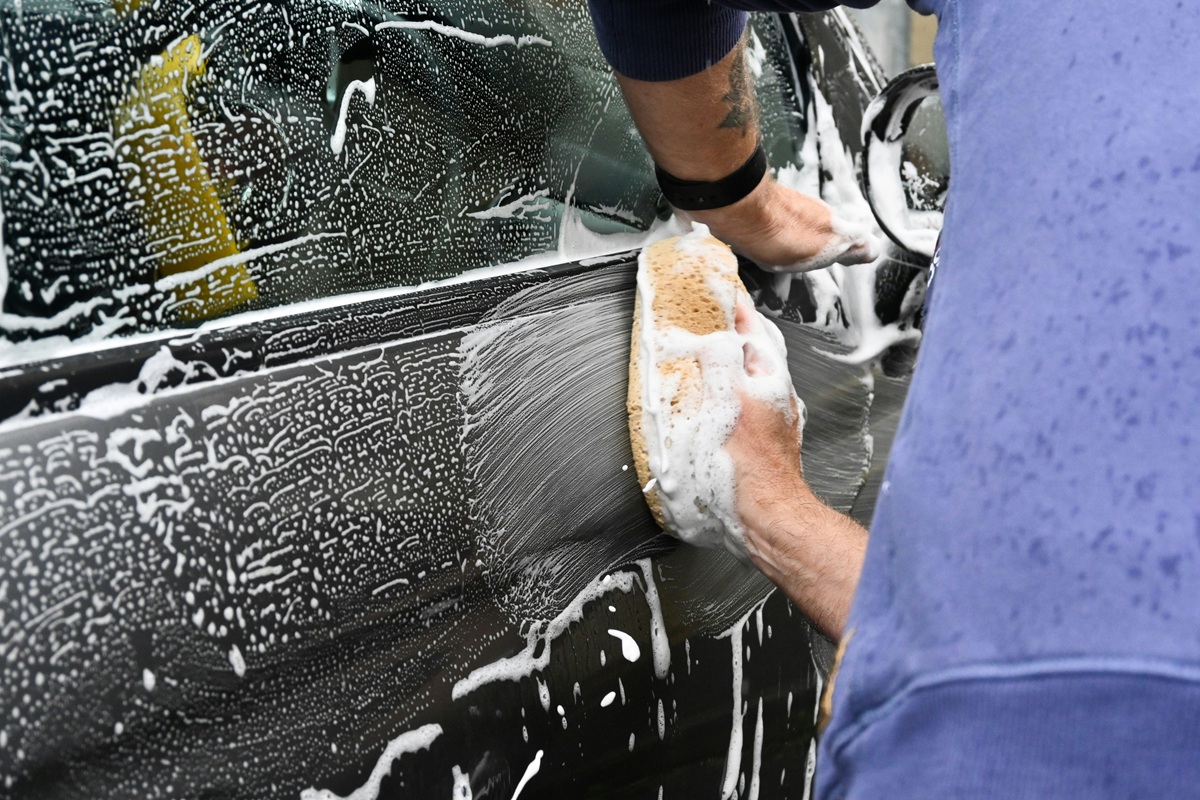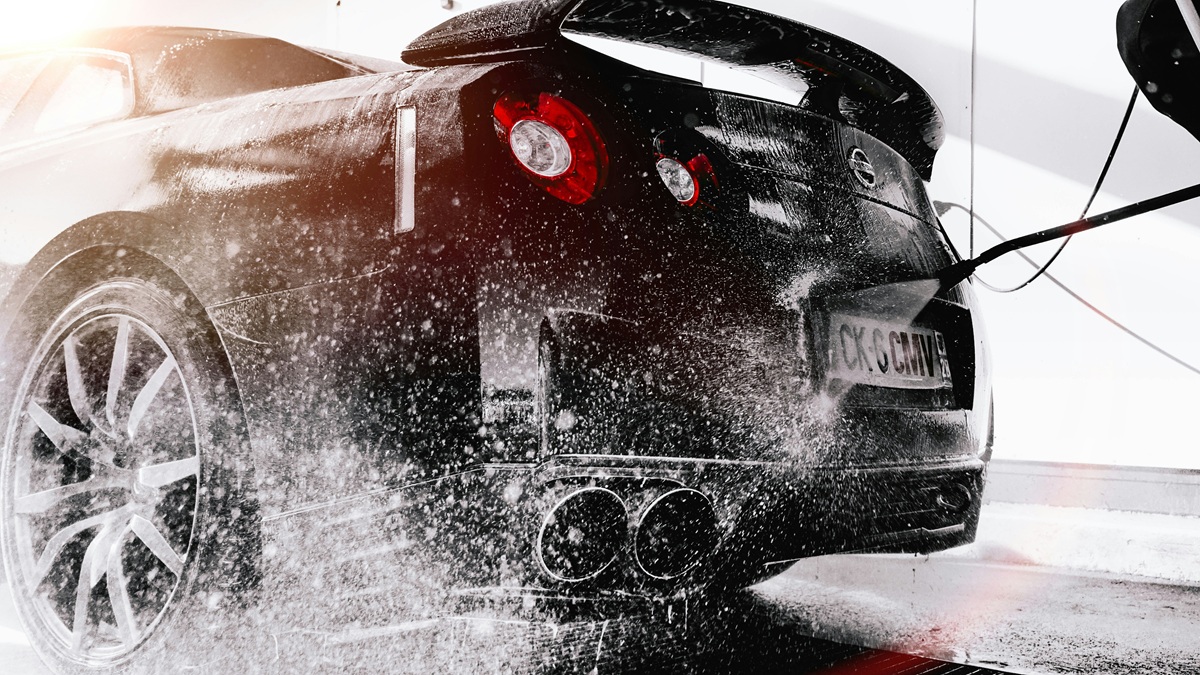Your car is your pride and joy, so keeping it looking sharp should be a no-brainer. Whether you cruise the streets of the South Bay in a classic roadster or park a luxury sedan in Torrance, your ride faces dirt, sun, sea air, and city grime every day. Over time, this battering can dull the finish, corrode the paint, and leave your once-sparkling car looking… well, less sparkling. But how can you tell when it’s time to give your car a pro-level bath and polish?
The truth is, your car will give you plenty of clues when it needs some TLC. Here are the top 5 signs your car needs exterior detailing. We’ll keep it casual (with a dash of humor) as we go through each warning sign.

1. Paint That Looks Dull, Faded or Worn
If your car’s paint once gleamed like a mirror but now looks flat or chalky, that’s a big hint. Fading and dullness usually mean the protective wax or coating has worn thin. In South Bay’s sunny weather, UV rays and salt air can eat away at the clear coat, making the color look hazy or uneven. In short, your paint isn’t getting the protection it needs.
Some culprits that dull paint:
- Sun and UV rays: California sunshine is great for you, not so much for clear coat. UV exposure slowly oxidizes and fades paint.
- Road grime and salt: Beachside salt spray, brake dust, and pollution can scratch or etch your paint.
- Acidic messes: Bird droppings, bug splatter, and tree sap are surprisingly acidic and will etch into paint if left on too long.
- Water spots: Hard water (from sprinklers or ocean mist) leaves mineral deposits that dry into stubborn white spots.
If your paint looks chalky even after a wash, it’s time for a thorough exterior car cleaning and polish to restore the shine and lay down a fresh layer of paint protection. Regular detailing literally reduces damaging environmental elements such as dirt, to extend your car’s life.
2. Swirl Marks, Scratches, or Other Imperfections
Light, circular scratch patterns (often called swirl marks) are common after machine washes or using dirty cloths. You might also spot minor scratches from brushing against a bush, a rogue shopping cart, or even abrasive road dust. These imperfections break the smooth surface of your clear coat. Once the surface is rough, dirt and moisture can penetrate more easily, leading to more damage.
The good news is that many swirls and scratches can be buffed out. Detailers use special polishes and buffing compounds to “improve the reflectivity of the paint finish” and gently sand away minor blemishes. If these marks are catching sunlight on your panels, consider it a sign: your car needs professional car detailing to bring back that smooth, glossy finish.
3. Stubborn Spots and Stains (Water Spots, Bird Droppings, Sap, etc.)
Some spots just won’t budge. Hard water stains from sprinklers can dry into rings that a normal wash won’t remove. Bird droppings and bug guts may leave pale or sticky spots. These stubborn stains are bad news because they often mean the protective wax or sealant has worn off. Even worse, dried water and grime can begin to etch into clear coat.
Detailing professionals tackle these problems with clay bars, acid-free cleaners, and polish to lift away contaminants. If home washing hasn’t removed those spots, your car is signaling it needs a deeper exterior detail to gently clean the surface and re-seal the paint.

4. Oxidation, Rust, or Cloudy Headlights
Watch for signs of oxidation on paint or metal. Oxidation looks like chalky white or discolored patches, often on older paint. Metal trim and exposed spots can even show tiny rust flecks. Here in coastal South Bay, salty ocean air can speed up rust and oxidation on vulnerable areas of your car. If you see rust spots or widespread fading of the paint, it’s time for help.
Another clue is headlights and taillights turning yellow, dull, or cloudy. Modern headlight lenses are polycarbonate plastic, and UV rays from the sun “oxidize the lenses,” making them milky. Cloudy headlights don’t just look bad – they reduce nighttime visibility. A good exterior detailing will restore clear, bright lights and buff out oxidized paint around the lights.
5. Wheels, Tires, and Trim Look Neglected
Finally, take a hard look at the rest of the exterior: your wheels, tires, and plastic or chrome trim. If wheels are coated in brake dust or grime, or your black trim has turned a dull gray, your car is overdue for some TLC. Brake dust is corrosive, so letting it sit can pit rims. Rubber tires can dry-crack without conditioning, and faded trim makes even a clean car look old.
A full auto detailing service cleans and rejuvenates these components. Detailers use special wheel cleaners and tire dressings, and they can even restore faded plastic trim with color-restoring products. If any part of your exterior looks tired or dirty, consider it a sign that your car needs a professional detail to make it look whole again.
When to Book Professional Car Detailing
Spotting any of these signs means it’s probably time for a detail. Regular self-washes are great, but they can’t replace a professional car detailing that uses high-quality products (think premium waxes, polishes, and ceramic coatings). The result is a deeper clean and long-lasting paint protection that keeps these issues from popping up again.
Plus, one simple fact: “A clean and shiny vehicle has a better appearance,” and a well-maintained finish can even increase resale value. So if your car is showing signs of wear, consider scheduling an exterior detail. South Bay Auto Detail specializes in making cars look their best with thorough exterior car cleaning and paint sealing services.
Ready to give your ride the royal treatment? Check out South Bay Auto Detail for top-notch exterior detailing in the South Bay area. Your car (and your future self) will thank you for the shine and protection.


Leave a Reply